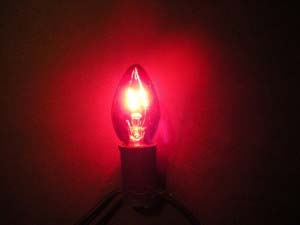This article explores the therapeutic benefits of red and near-infrared light therapy, also known as low-level light therapy (LLLT), which has a long history of being used to treat various medical conditions. The earliest recognition of red light’s positive effects dates back to the 19th century when Niels Finsen’s work on light therapy earned him the Nobel Prize in Medicine in 1903. Contemporary research, including numerous controlled studies, has shown that red and near-infrared light, which is invisible and does not produce heat, can effectively treat a wide range of health conditions. These include chronic pain (such as Achilles tendinitis and myofascial pain), depression, chronic rhinosinusitis, acne, and chemotherapy-induced mouth sores, among others. The studies on red light therapy are extensive, and many are placebo-controlled, ensuring the reliability of the findings. This light therapy works by stimulating biological processes at the cellular level, particularly enhancing mitochondrial function, which can lead to tissue repair, reduced inflammation, and pain relief.
The article also discusses how the physiological effects of red light and near-infrared light are often overlooked in favor of the more commonly known benefits of blue light, which is associated with regulating circadian rhythms. However, red and near-infrared light may have even more significant implications for public health due to its ability to stimulate healing processes in cells and tissues. For instance, light therapy has been shown to enhance mitochondrial function by increasing the activity of enzymes involved in energy production, similar to how thyroid hormone supports cellular metabolism. The research findings are highly promising, and while red and near-infrared light therapies are not yet widely popular, the potential for their therapeutic use in a variety of medical conditions is significant. The study was conducted by a researcher who summarized the contemporary body of research on red light therapy, emphasizing its growing importance and potential in modern medicine.





